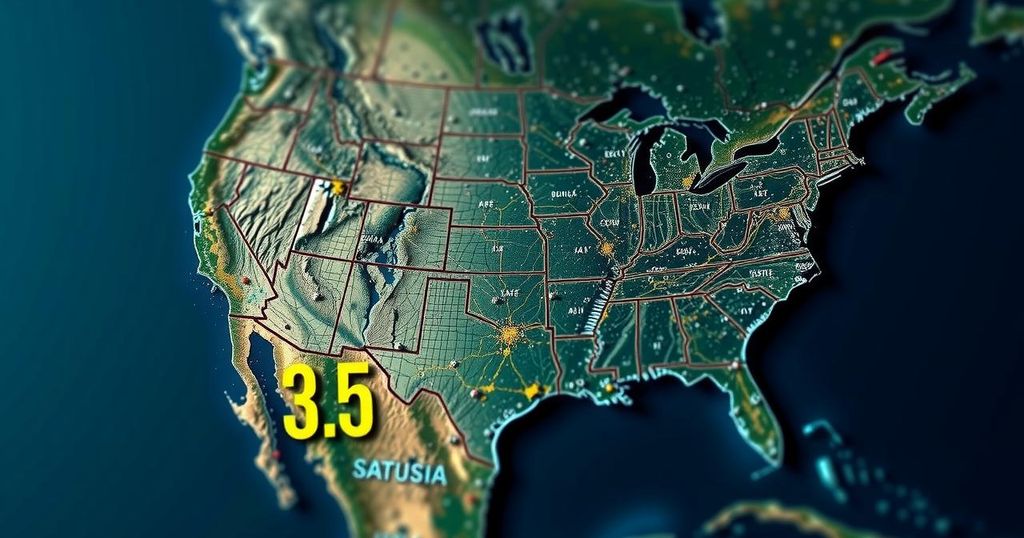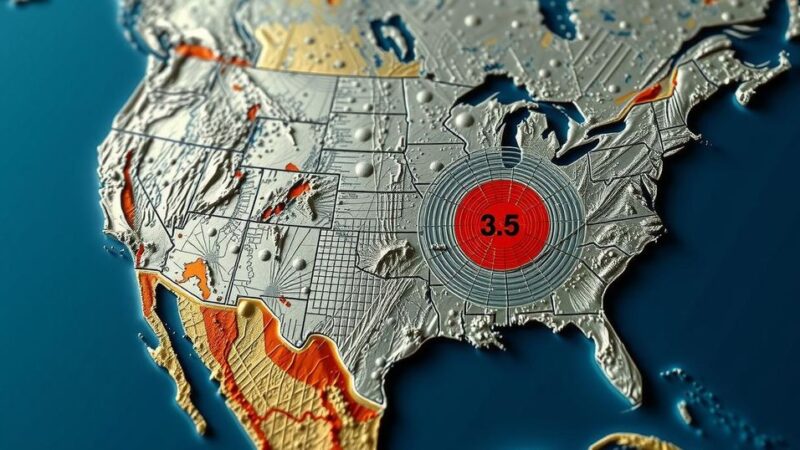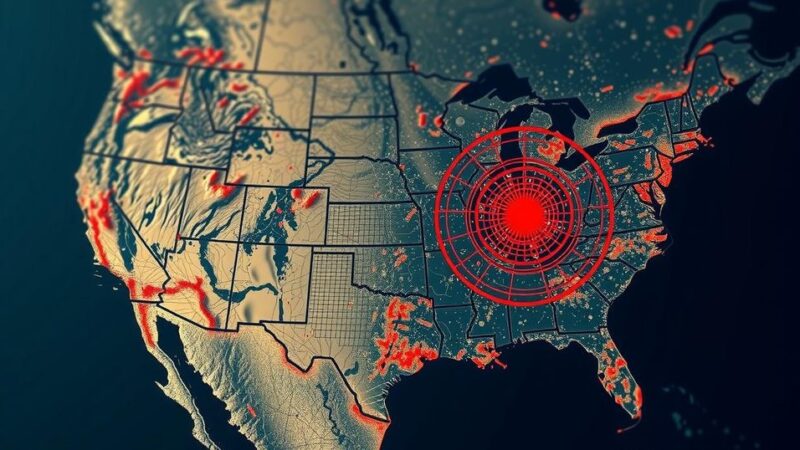A 4.4-magnitude earthquake was recorded in Borrego Springs, California, on November 7, following a series of seismic events across the globe. The USGS reported similar earthquakes in Greece, Hawaii, and Missouri, illustrating ongoing tectonic movement in various regions. This activity highlights the necessity for vigilant monitoring and preparedness in earthquake-prone areas.
On November 7, a 4.4-magnitude earthquake struck near Borrego Springs, California, at a depth of 9.8 kilometers. The United States Geological Survey (USGS) reported receiving 257 accounts from residents who felt the tremor. This event occurred shortly after a series of earthquakes in other regions, including a similar magnitude earthquake in Greece just two days prior, and a notable 4.8-magnitude quake in Hawaii on the same day. The recent seismic activity spanned a range of locations and magnitudes. On November 4, experts reported a 3.3-magnitude earthquake in Anza, California, and the previous day, a 4.3-magnitude earthquake was noted in Chile. Additionally, Missouri experienced a 3.7-magnitude quake on the same Sunday. These earthquakes are part of a prevalent pattern of geological activity observed across the globe in recent weeks. Prior to these instances, the USGS recorded a 6.0-magnitude earthquake in Oregon on October 30, which was followed by various tremors in California. Notably, a series of smaller earthquakes were observed in Lompoc, California. This sequence of seismic activities illustrates the dynamic nature of tectonic movements in seismically active regions, emphasizing the continuous monitoring needed for public safety. The USGS acted as a primary source for these reports, providing timely information to the public regarding seismic events. The numerous recent minor earthquakes serve as reminders of the geological activity characteristic of California and its surroundings. Experts continue to analyze data to predict future events and enhance the community’s preparedness.
Earthquakes are a natural phenomenon resulting from tectonic shifts within the Earth’s crust. Regions like California are often susceptible to seismic activity due to their geographical positioning along fault lines, notably the San Andreas Fault. The United States Geological Survey plays a crucial role in monitoring these events and disseminating information to mitigate potential impacts on public safety. Understanding the frequency, magnitude, and location of earthquakes aids in disaster preparedness and response measures.
In conclusion, the recent series of earthquakes, including the 4.4-magnitude tremor in California and a similar intensity event in Greece, underscores the ongoing geological activity across various regions. The USGS’s timely reporting provides essential information to help communities prepare and respond effectively to seismic occurrences. Continuous monitoring and research are vital in enhancing safety measures and understanding the behavior of earthquakes in seismically active zones.
Original Source: woai.iheart.com






